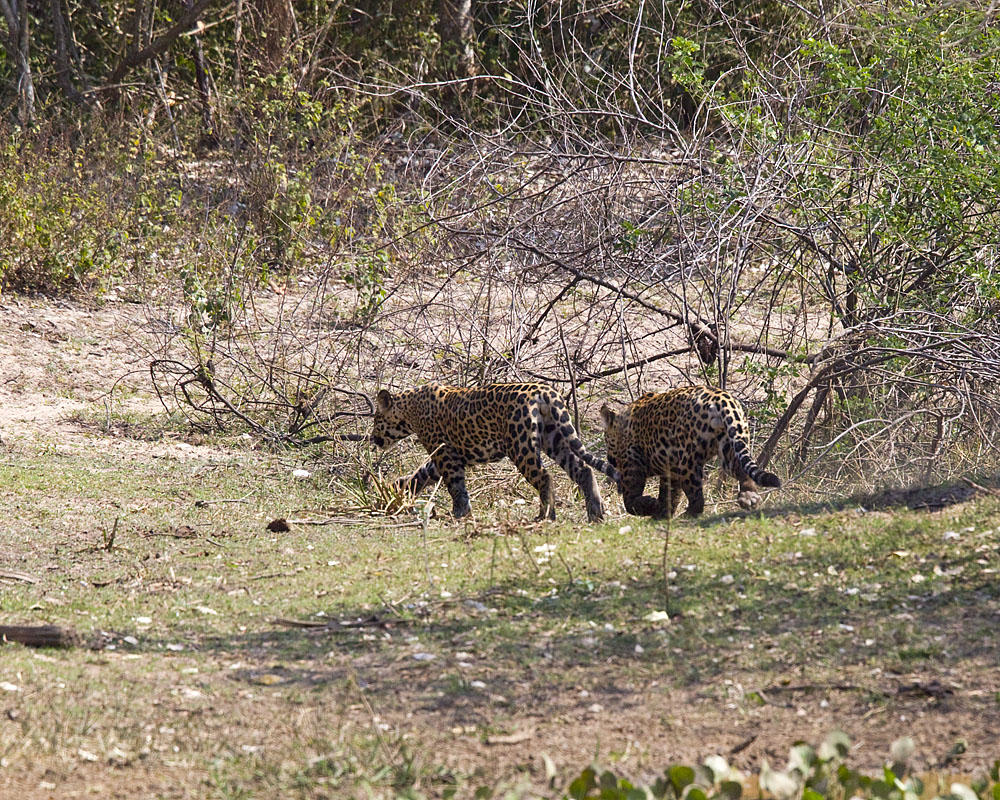If asked which big cats lived in groups, most people would at least say lions, and at most perhaps also cheetahs, but new research in South America has shown for the first time that jaguars also form functional partnerships.
Once thought to be entirely solitary, new observations have totally changed the understanding of these powerful hunters, a change which could have important repercussions for their conservation.
It was Panthera, the global wild cat conservation organization, the Venezuelan Institute for Scientific Research (IVIC), and their partners in Brazil who found evidence of wild male jaguars forming coalitions and collaborating with each other to secure prey, improve chances of mating, and defend or expand their territories.
Dr. Allison Devlin, Deputy Director of the Panthera Jaguar Program, wrote recently that over years of camera trapping she and her colleagues accumulated enough anecdotal evidence of jaguar pairs to launch an in-depth examination of over 7,000 camera trap recordings, GPS collar datasets, and even direct observations.
“We found that males sometimes formed long-lasting partnerships, including two such partnerships that lasted for over seven years,” Dr. Devlin wrote. “Two males patrolled territory together, shared prey, and even rested side by side”.
The studies found 105 partnership instances in the Brazilian Pantanal and the Venezuelan Llanos, two nationally and globally important ecosystems of forested savannah and flooded lowlands with ample aquatic and terrestrial prey.
She cautions that jaguars are not as social as cheetahs, the less-sociable of the two social African cats, and suggests that it’s very likely the partnerships are formed and remain strong only when a high density of prey and females are available in a given territory.
If you think the stories you’ve just read were worth a few dollars, consider donating here to our modest $500-a-year administration costs.
If you think the stories you’ve just read were worth a few dollars, consider donating here to our modest $500-a-year administration costs.




